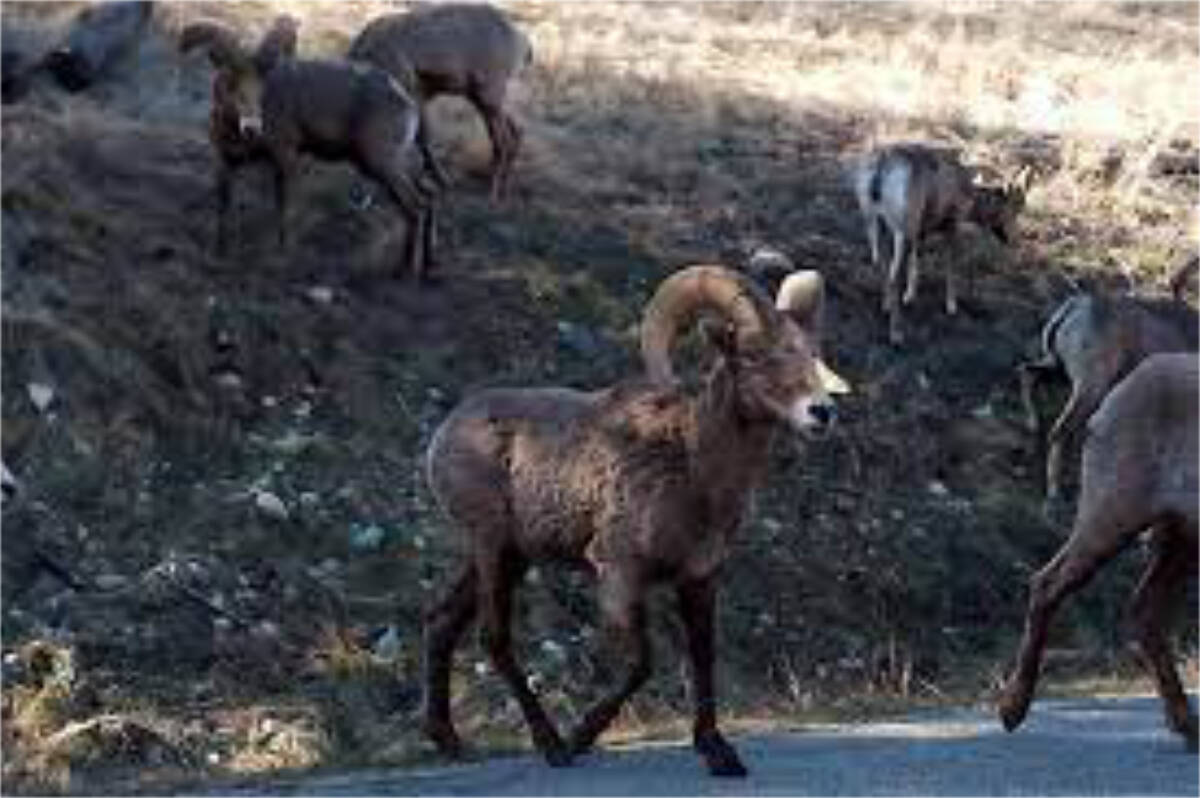Some of the smartest wildlife biology minds will gather in Penticton this week to better address the sharpening decline of bighorn sheep in recent years.
That decline is caused by the outbreak of mycoplasma ovipneumoniae, a bacteria with no known cure that contributes to harmful pneumonia in sheep and goats, and sporophytes, mites which get into the ears and under the skin of wild sheep causing them to be disoriented and more prone to falling prey to predators.
In response to those disease struggles, the annual general meeting of the Wild Sheep Society of BC has been moved to Penticton from Feb. 22 to 24.
Along with the AGM, the event will also include a salute to wildlife conservation and a mountain hunting expo, and on Feb. 22 a South Okanagan Bighorn Sheep Disease Symposium will take place inviting input from regional wildlife experts, First Nations, hunters and guide outfitters, and special guest speaker Dr. Stew Burgess from Scotland, head of the department of vaccines and diagnostics at the Moredun Research Institute in Edinburgh.
The symposium is co-sponsored by the Okanagan National Alliance, which the society has formed a working partnership with, the goal being to promote the use of science in the management of wild sheep health in general and for South Okanagan bighorn sheep specifically.
Kyle Stelter, chief executive officer of the Wild Sheep Society of BC, explained the decline in bighorn sheep began to be evident in 1990 and has become more pronounced over the last decade.
READ MORE: Conservation group Wildsight looks for solutions to save Radium bighorn sheep
“There are a lot of factors behind it. More pressure on the sheep from overheating, more development demands and human influence impacting their landscape…and some transmission occurrence between domestic and wild sheep,” Stelter said.
Penticton, he said, was an ideal location to draw more public awareness to this issue given the bighorn sheep presence in the Okanagan Valley.
He said bighorns are an iconic wildlife species in B.C., included on the provincial coat-of-arms and an important part of the natural ecosystem, describing them as a ‘keystone species.’
Provincial government biologists are responsible for wildlife head counts, with the society in place to support whatever measures are needed to help the bighorn sheep survive and thrive.
While the gathering at the Penticton Trade and Convention Centre will bring an economic bump to the city with thousands of people expected to attend, he hopes the message of conservation and preservation will also resonate.
“In Kelowna, a lot of people drive up Westside Road to look at the bighorn sheep, but if you take that landscape for granted those sheep, and other wildlife for that matter, may not be there in 10, 20 or 30 years,” he said.

